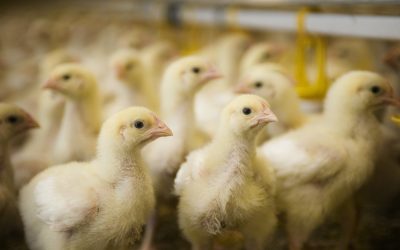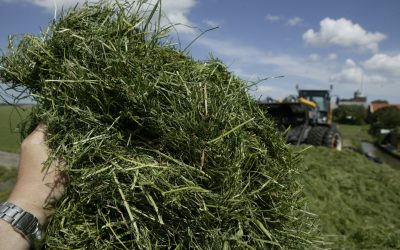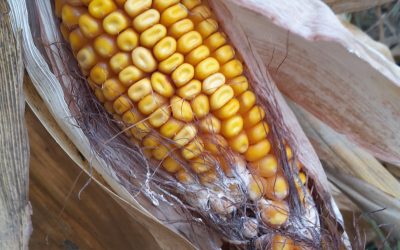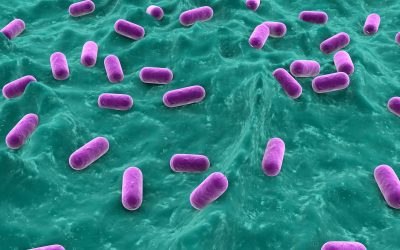Better fat quality in meat and milk with olive by-products
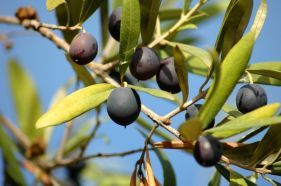
Inclusion of olive by-products in goat and sheep diets could result in a more favourable fat profile of meat and milk from these animals, concludes a new review published in the journal Animal Feed Science and Technology.
The authors from Spain and Wales defined three main categories of olive by-products:
- olive leaves, which actually refers to a mixture of leaves and branches,
- olive cakes, which consist of olive pulp, skin, stone and water, and
- other by‑products, such as olive pulp and olive skins as individual compounds.
Several aspects around the use of these products in animal feeding were reviewed, including methods of preservation, chemical composition, digestibility, intake, nutritional composition, potential toxicity and general effects that olive by-products could have on the performance of the animals and the quality of their products.
The review shows the potential that olive by-products in animal feed has, to increase the content of monounsaturated fatty acids in milk while also reducing saturated fatty acids, thus improving the lipid profile of milk.
Similar benefits may occur in meat derived from animals partly fed on olive by-products, yet the impact on meat taste required further study.
The authors also emphasised the need to control the copper content of olive by-products. Copper is applied routinely after harvesting to minimise bacterial and fungal growth and high intakes could potentially have harmful effects on the animals.
The authors highlight some practical recommendations:
- olive leaves provide half of the energy and amino acid requirements of sheep and goats at maintenance level and, if adequately supplemented, can be used as part of the forage in diets for production;
- it is recommended to feed olive leaves fresh rather than dried or ensiled;
- olive cakes can be preserved in different ways, ensiling or incorporation into multi-nutrient blocks being the most successful developed so far;
- the use of olive by-products rich in oil appears to increase the content of mono-unsaturated fatty acids and lower the content of saturated fatty acid in milk;
- high levels of copper in olive leaves could restrict the use of this by-product in practical feeding.
The above mentioned practices and guidelines are a promising way to increase the benefits of olive by-products in animal feeding, but more research is crucial to maximise the quality of animal products through inclusion of olive by-products in their diets.
Research: Molina-Alcaide E, Yáňez-Ruiz DR. (2008). Potential use of olive by-products in ruminant feeding: A review. Animal Feed Science and Technology 147:247-264
The full article can be purchased at Science Direct
Source: EUFIC




